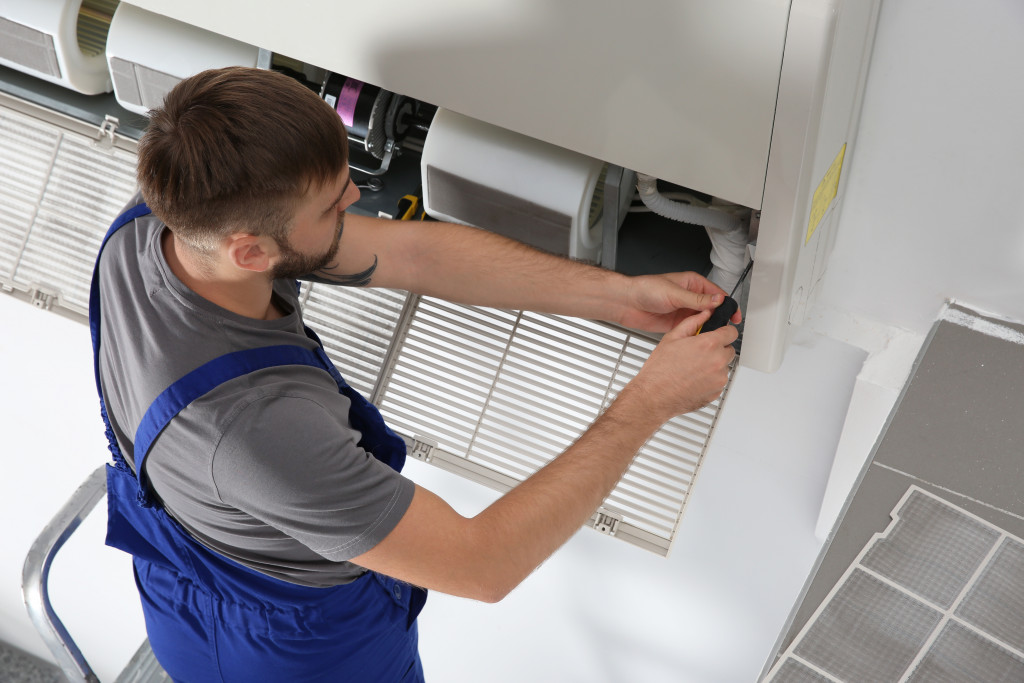California is one of the states heavily hit by COVID, and with such an impact, many sectors will have to change, whether they like it or not, forever. One of these is architecture.
How can this disease affect commercial architectural design in the state?
1. Flexible Office Spaces
California has millions of buildings. In Los Angeles alone, you can find over 150 million of them. They serve hundreds of thousands of businesses, from startups to multinational firms. The state is also home to dozens of co-working spaces.
After COVID, there’s a good chance this number will dwindle. Those that remain will undergo a significant facelift, making them more flexible to adapt to sudden significant events like another pandemic:
- Rooms could be easily partitioned to allow more privacy and isolation.
- These buildings will also be convenient to convert into other facilities, such as isolation or emergency care centers.
- Many co-working spaces will have hot desks, where more than one person could use it at different times.
2. Better Ventilation

One of the biggest takeaways of the coronavirus pandemic is better ventilation. In one landmark study, the air-conditioning system of a Chinese restaurant might have caused the spread of the virus that eventually infected nine people.
Future office designs will now use multiple air-filtration systems if they cannot avoid using air-conditioning units. They also need to provide an exit path for dirty air that circulates in the space.
Otherwise, commercial buildings within the next few years will learn to integrate al-fresco design. This way, employees have the option to spread out while working and rely on the excellent ventilation provided by the outdoors.
3. Integrated Outdoors and Greens
The coronavirus pandemic highlights the importance – and the tragedy – of being isolated. Although social distancing is a crucial strategy to minimize the spread of the virus, it also increases the risk of loneliness and even addiction.
Furthermore, in California, where shoebox apartments and homes are aplenty, especially in urban cities, the limited space and access to the outdoors can only worsen anxiety and depression.
Thus, the future of commercial architecture might consider adding outdoors and green spaces. For example, a building can feature a mini-park at the rooftop or in the entryway.
Even in the absence of a pandemic, these areas will still be beneficial to employees who might be reeling from the trauma brought by COVID. Several studies already highlight how greens could reduce stress levels and improve mood and focus.
4. Parking Spaces for Bikes
On an average weekday, the Los Angeles Metro Rail System transports over 340,000 people. The pandemic changed all that as people continue to hunker down or avoid public commuting altogether.
However, if the demand for buses and trains declines, the need for bikes increases. In data by Statista, 85% of Americans believed bicycles are more cost-effective and safer transport options. They do not only promote social distancing but also encourage the user to exercise.
Almost all bike categories experienced growth with leisure bike demand soaring by over 120%. Electric bikes placed second with an 85% boost in sales.
Based on this information, California buildings could add more bike racks or parking spaces. Lots for cars might even shrink.
Indeed, life from here on out will be completely different from that 12 months ago. However, when people learn to pay attention to the lessons, California will be less threatened by another pandemic or health disaster.


